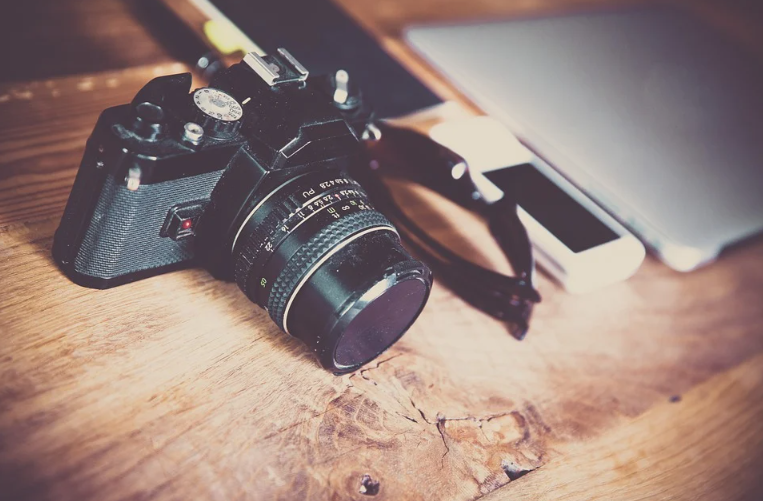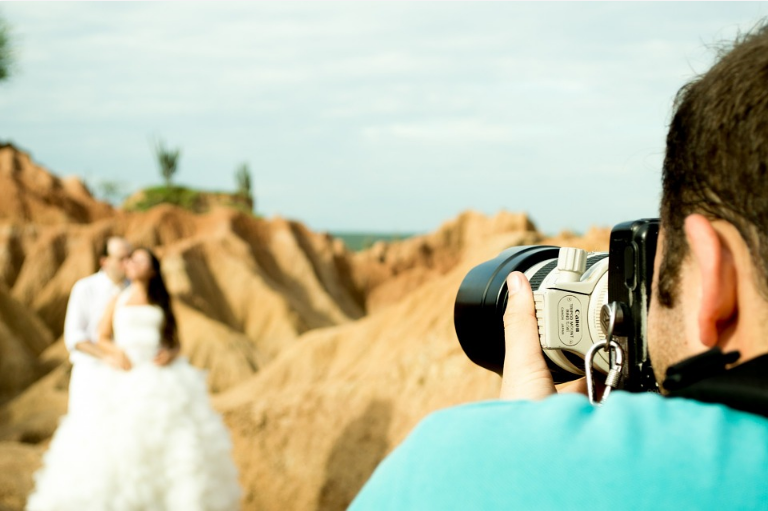The advance of technology has made our life better, including digital camera development such as DSLR. DSLR stands for the digital single-lens reflex camera. The image, shutter, and aperture sensor all serve collectively to provide the photo. This process occurs within moments and is repeated over and over again. There are three essential high-tech features on a DSLR camera that you need to know. Check out filmdaily.co for more useful information.

Mode Dial
The initial step is to get out of the program’s style and learn to feel comfortable in 3 other modes: full manual mode and semi-automatic modes: aperture priority mode and shutter priority mode.
Aperture Priority Mode
When you set your camera at Aperture Priority mode, you are in control of setting the correct Aperture values. The camera will be in charge of calculating the Shutter Speed. When you change the lens’s aperture, stretch the lens’s beginning to get more light or reduce the lens’s front to get less light on the sensor.
The Shutter Priority Mode

On the other hand, suppose you know what occurs when you choose the aperture priority mode, you have to decide how long the camera can stay open. The camera’s image sensor records every possible moment while the camera remains open. This point is called an “underexposed” image because it has not been exposed to this light for a long time).
ISO
The ISO setting (pronounced EYE-so) decides how sensitive your camera’s sensor is to light. Nevertheless, this is not a magical quality that allows you to take high-quality photos regardless of their weakness. The camera must make algorithmic adjustments to support both bright and dark images. On the contrary, the higher the ISO setting, the more grainy your photos will be (this graininess is called “noise.” Even if you are willing to bear it, you have to avoid noise in your pictures because it affects the overall image quality). This way is simply the essence of the technology, continuously improving as the cameras become more advanced. Photos are fine at ISO 1600, at least for posting smaller pictures on the web.
White Balance
The white color can turn red or blue depending on lighting circumstances such as daylight or shooting indoors under bright light. With the white balance function, you can adjust the color temperature to make it look as natural as it does to the naked eye.

Most modern DSLR cameras have unique preset white balance settings, generally indicated by some icons in the camera’s white stability setting. For example, you can set them to AWB (Auto White Balance) and allow the camera to measure the most acceptable setting. You can look at your surroundings and even if you are outdoors and the sun is shining. Choose the “sun” icon; if you are under a cloudy sky, there is usually a “blur” icon that sets the white balance to the correct color temperature for that particular circumstance.
…



